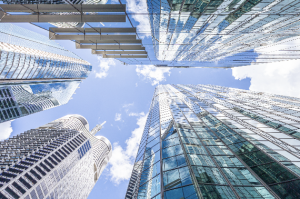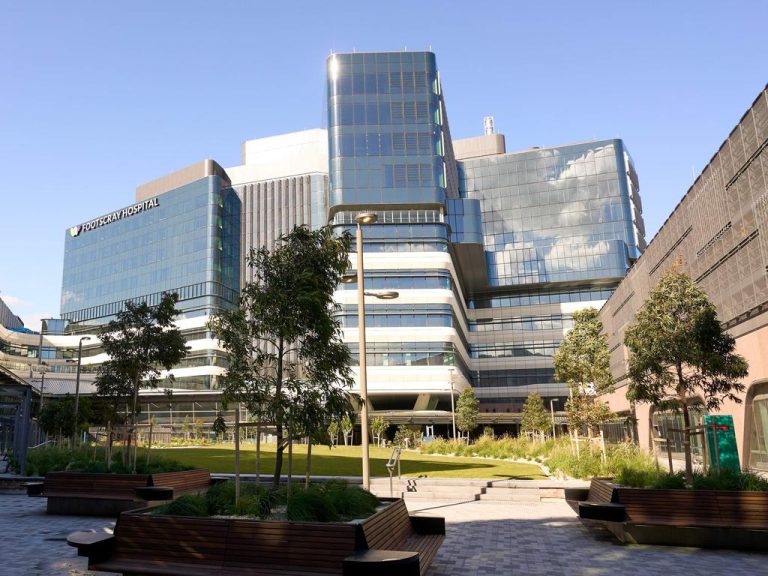What is rental yield?

Rental yield is the key focus of every commercial investor’s agenda.
But when calculating this crucial percentage, don’t forget to factor in a range of crucial issues.
Here’s why.
What is yield and why is it important?
Yield is a property’s annual income return and is calculated as a percentage of the property’s purchase price or market value.
This calculation is therefore a great way for investors to judge and measure the income of a property.
However, it’s important to note that yields are only a measurement of the expected return on an investment and not a guarantee.
Yields can also vary widely depending on asset classes or types, and locations.
“Whatever property type you’re looking at, yield is the main agenda and the way investors will be looking at the property is through that lens,” Knight Frank chief economist, Ben Burston, said.
“You never know these things with certainty but investors will be thinking, ‘What sort of growth can I reasonably expect and therefore, what sort of income yield am I prepared to accept?'”
How do property yields work?

High-quality tenants will indirectly affect your rental yield. Picture: Getty
Several key drivers will impact investors’ ability to achieve their expected yield, including property demand and the quality and reliability of tenants and leases.
Investors buying a property with only a short period remaining on the lease, or with a tenant paying higher rent after a rent-free period or similar, may have to recalculate their yield to allow for future changes.
“If you’re going to get another tenant back into your property, you’d need to think about your yield calculation based on that future candidate and what they would most likely be willing to pay in rent,” CBRE research director, Kate Bailey explained.
An asset’s purchase price and rental rates, along with tenant quality will also indirectly affect yield, according to Grow Capital managing director, Nick Wormald.
“For example, a high-quality tenant and lease will give you a high rental rate, and when combined with a low-quality asset with a low purchase price, the property will have a high yield,” Mr Wormald said.
“However, a low-quality tenant and lease will give you a low rental rate, which with a high-quality asset and high purchase price, will give you a low yield.”
As well, commercial property is always heavily influenced by the economy and the potential for capital growth.
High demand can result in property purchase prices increasing which in turn will result in a lower yield.
The opposite is also true, with lower demand seeing prices fall and yields increasing.
Investors prepared to purchase in potentially riskier locations or asset classes, such as smaller regional areas or the current state of retail in 2021, could also enjoy higher yields.
“Yields are sometimes higher in some areas if there’s more risk, so you’re probably going to get more returns,” Ms Bailey said.
“But in 2021’s industrial sector in markets like Melbourne and Sydney, yields are much sharper and lower because you’re factoring in people willing to pay more due to there not being a lot of risk in this sector.”
While capital growth is highly unpredictable, there are ways for investors to plan around this factor and they’re usually more willing to accept lower yields if their property is expected to experience strong financial gains.
“If you wanted to get over a total return of 7% …. then you might want to have an income yield of 5% or 6%,” Mr Burston explained.
“Whereas if you’re in a market that’s growing quickly, is supply-constrained and you’re expecting strong capital growth, then you might be prepared to accept a yield of around 4% or even lower in some cases.”
How do I calculate rental yield?

Calculate your property’s net, rather than, gross yields for a more informative result. Picture: Getty
To determine a property’s basic, or gross, yield, divide its annual rental income by its purchase price, then multiply this figure by 100.
For example, annual rental income (weekly rental x 52) / property value x 100.
Using a gross net yield calculation, a property purchased for $750,000 and rented it out for $1,500 a week ($78,000 annually) will give investors an annual return, or yield, of 10.4%.
However, industry experts advise investors to calculate a property’s net, rather than, gross yield as it takes into account the property’s outgoings and operating costs.
“Gross income, or yield, is the actual rental income received,” Mr Wormald explained.
“But net income is gross rent minus any outgoings or costs associated with the property.”
Yields across Australia for different commercial properties

Head to Canberra’s super prime industrial sector for the highest yields in the country. Picture: Getty
Yields can differ widely depending on commercial asset classes as well as their locations.
Expect to pay more for properties, and receive a lower yield, in major city centres – but this isn’t always the case.
Average yields for offices
Industry experts advise that while COVID has changed how and where we work, offices are still holding strong and steady when it comes to a confident future.
Adelaide enjoyed the highest office yields in the second quarter of 2021, with Sydney having the lowest.
| Location | Low yield | High yield |
| Sydney CBD | 4.4% | 4.7% |
| Melbourne CBD | 4.7% | 5.0% |
| Brisbane CBD | 5.2% | 5.5% |
| Adelaide CBD | 6.6% | 6.9% |
| Perth CBD | 6.2% | 6.5% |
| Canberra CBD | 5.5% | 5.8% |
Source: CBRE Research
Average yields for industrial properties
The global pandemic, combined with an ever-increasing online world, has seen industrial properties soar in popularity and value in recent years and even more in 2021.
Canberra’s industrial super-prime properties currently return the country’s highest yields for this asset class, with Sydney again featuring the lowest.
| Location | Low yield | High Yield |
| Adelaide | 4.75% | 5.05% |
| Brisbane | 4.45% | 4.75% |
| Canberra | 5.95% | 6.25% |
| Melbourne | 3.85% | 4.15% |
| Perth | 4.95% | 5.25% |
| Sydney | 3.65% | 3.95% |
Source: CBRE Research
Average yield for retail

Yields for mid-large sized retail stores are still relatively solid. Picture: Getty
Consumer confidence in the retail sector has faltered in 2020-2021 but industry experts believe there’s still plenty of potential for mid-large size stores and shopping centres.
Perth’s retail class is giving investors the highest yields in the sector with Melbourne the lowest.
| Location | Low yield | High yield |
| Adelaide | 4.5% | 4.8% |
| Brisbane | 4.6% | 4.9% |
| Melbourne | 3.6% | 3.9% |
| Perth | 6.2% | 6.5% |
| Sydney | 4.4% | 4.7% |







